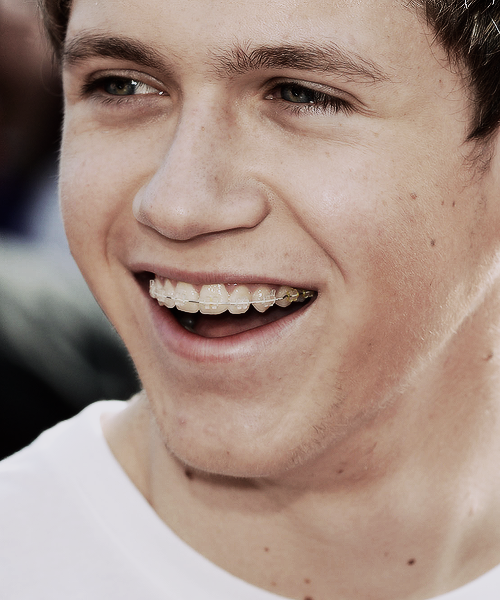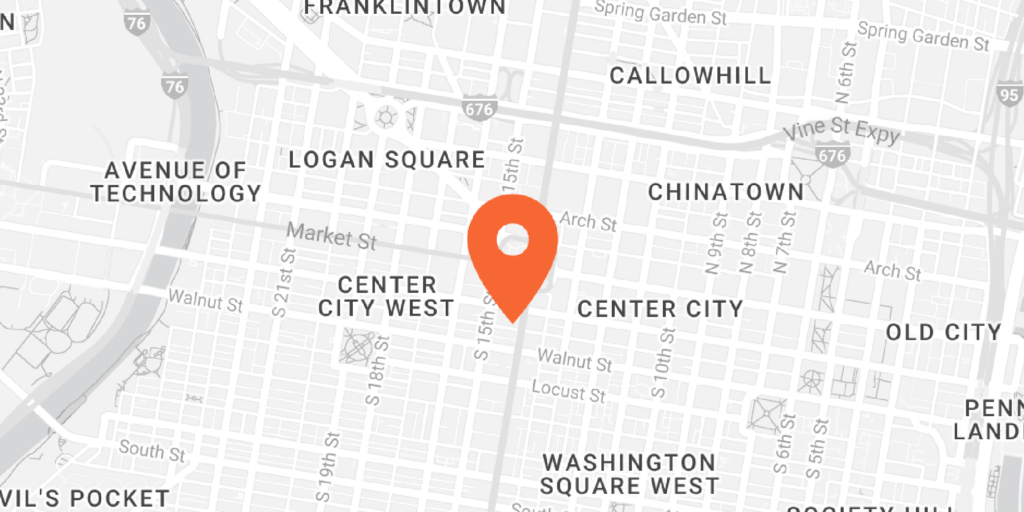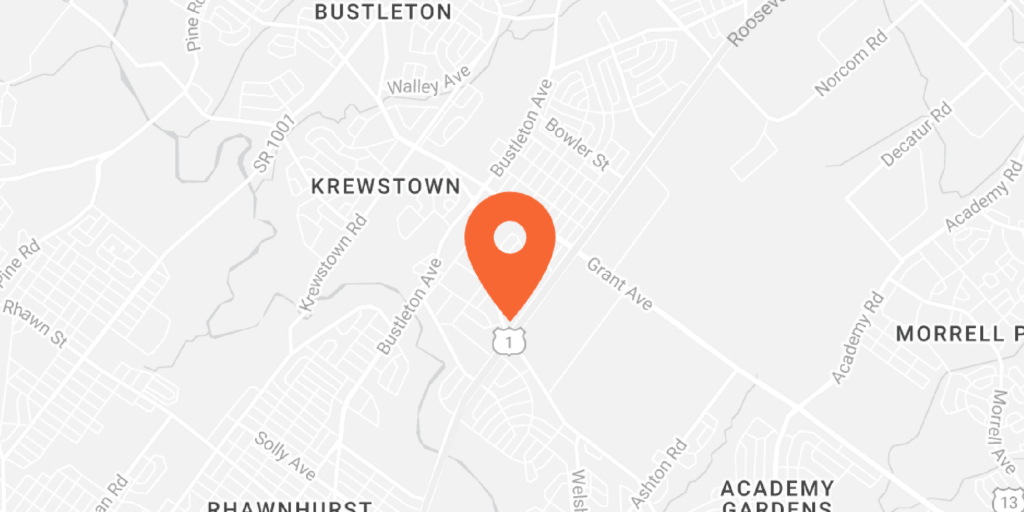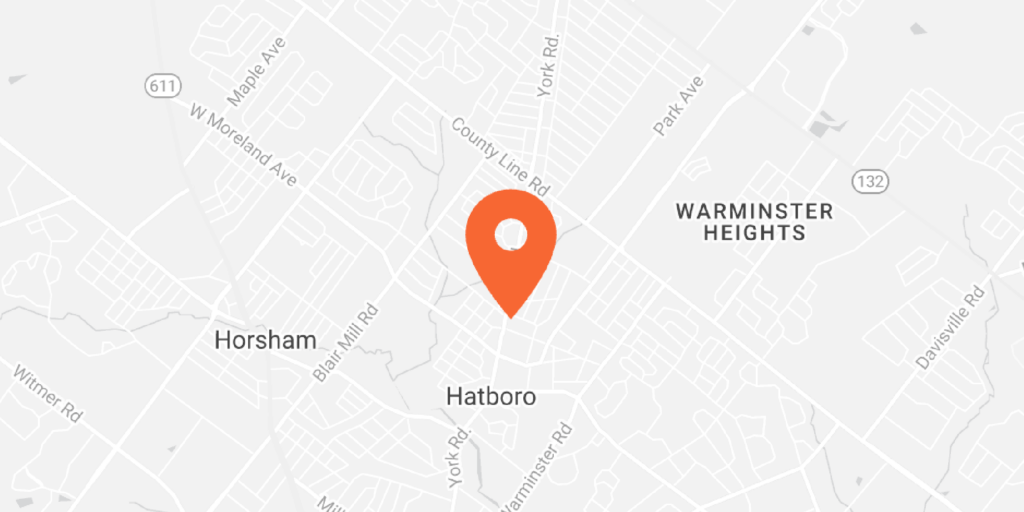Both Invisalign and clear braces can take away some of the noticeability of having your teeth straightened. In the past, if you wanted straight teeth, the only option was to go throw one to three years of shiny metal braces.
While many people still choose that route (as it’s usually the least expensive and the fastest option), there are now less noticeable options that can produce the same results, without drawing extra attention to your mouth. Clear braces and Invisalign are both great options, but one option might be better for you. Here are seven differences between clear braces and Invisalign treatments to help you decide which best fits your lifestyle.
1. Invisalign is more discreet than clear braces.
Clear braces are still adhered to the teeth, and while they might be white to match the color of your teeth or completely clear, they are still attached to the surface of your teeth, which means they are more noticeable than the clear plastic trays that are used in an Invisalign treatment. This does not necessarily mean that Invisalign is better, just that someone is less likely to notice a tray than clear brackets.
2. Clear braces cannot be removed like Invisalign can.
One of the biggest benefits of Invisalign is the ability to remove the trays to eat or clean your teeth. This allows you to have fewer restrictions when it comes to what you can eat and how you can clean your teeth, but it also means that treatment takes a longer time, especially if you are not vigilant with your treatment. You have to be committed to wearing your trays for at least twenty-two hours each day, or you won’t see results. How this affects your decision will come down to whether you want to or need to be able to take out your treatment, or whether you prefer a faster treatment.
3. Clear braces require fewer adjustments.
Depending on your treatment, you will probably need to put in a new Invisalign tray every two to three weeks. This can mean more discomfort than with clear braces, which are only adjusted every four to six weeks, again, depending on the treatment plan. While you might be able to get a few aligners at a time, most orthodontists like to check up on their patient’s treatment, to make sure they have actually been wearing the aligners, before the next set are given. For someone who is busy and does not have time to make an appointment every other week, clear braces might be a better option.
4. Clear braces are better for complicated cases.
While Invisalign is a great system and can really straighten teeth, the aligning trays are really only good for straightening crooked teeth and closing gaps between teeth. If your case is more complicated or severe, clear braces might be a much better option as they, like metal braces, can be used to fix just about any tooth and jaw alignment that you have. Especially in cases where bite needs to be corrected, an arch needs to be widened, or a tooth needs to be turned in its socket, clear braces are the better choice. If you only have a few crooked teeth and an uncomplicated case, Invisalign is often a more convenient choice.
5. Invisalign might be sturdier.
Because the aligners are switched out every other week, it is very rare that someone breaks an aligner and has to get a new one. As with any braces system, however, the same brackets are used throughout the length of the treatment. That means that they are more likely to break or get damaged over the length of the treatment. This is, again, down to personal preference and your lifestyle. If you are very careful about what you eat and plan on following the orthodontist’s food restrictions when it comes to braces, you likely will not have any problems. If you prefer to be able to take out the aligners, eat freely, and not worry if one set breaks, as another set will be coming in just a few days, Invisalign might be better for you.
6. Clear braces cause more irritation in the early stages of the treatment.
While your mouth will likely not enjoy having the Invisalign trays in all the time, clear braces are more likely to irritate your gums and the inside of your lips during the early part of your treatment. The mouth is extremely resilient, however, and does create calluses on the insides of the lips and cheeks, to prevent further irritation as the treatment goes on.
7. Both clear braces and Invisalign can get stained.
If you smoke, drink coffee, or eat heavily pigmented foods while wearing either of these systems, it is possible for you to stain the plastic that both systems use. The best way to prevent your braces or your trays from being stained is to clean them thoroughly, following the instructions of your orthodontists and to avoid eating or drinking the food and drink that is likely to stain the plastic. Because you can take Invisalign out,, you can prevent stains from smoking, food, and drink, but the more often you take the trays out, the longer your treatment takes.
Both clear braces and Invisalign are great options for those who want straighter teeth, without resorting to attention-grabbing metal brackets and wires. Clear braces are best for those who have complicated treatments or who want to get straight teeth as quickly as possible. Invisalign is best for those who have minor to moderate issues and like the flexibility of the Invisalign system, even if it does add slightly to the length of treatment.
Image Courtesy of http://rebloggy.com




